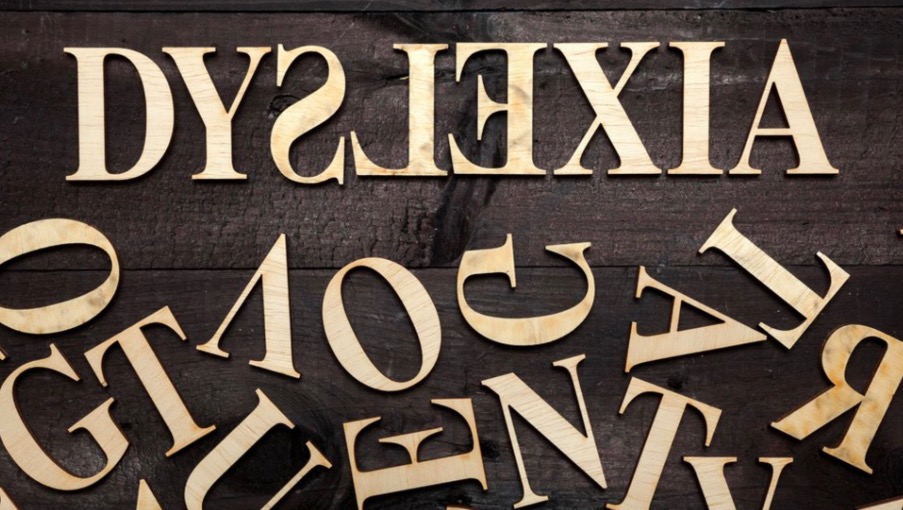The 3 Ways Dyslexia is Experienced
Dyslexia is more complex than what was originally understood. Research now demonstrates that there are 3 subsets of dyslexia; phonological awareness, rapid automated naming, and double deficit.
This was demonstrated by different patterns of brain activation of the participants when reading and rhyming words.
Phonological Dyslexia
Phonological Dyslexia is a brain disorder, that causes extreme difficulty in assembling words based off of what the words sound like.
It makes it extremely difficult to recognize and articulate the sound of spoken words. This makes it very difficult to sound out words.
Phonological Dyslexia is the most common form of dyslexia, and is considered synonymous with dyslexia itself.
Rapid Automatized Naming (RAN) Deficit
Sometimes referred to as naming speed, rapid naming, or visual dyslexia, it is the speed with which one can name a series of familiar stimuli such as letters, numbers, colors and objects out loud, and reflects the automaticity of processes which are also important for reading.
This can result in saying the wrong word or not being able to say the right word because it’s on the tip of their tongue.
People with RAN will not have difficulties with recognizing and articulating words like people who have phonological dyslexia, however RAN will cause one’s fluency and comprehension to be affected, because it takes longer to retrieve language information.
Double Deficit Dyslexia
Double Deficit Dyslexia is as straightforward as it sounds. It is a deficit in both, phonological awareness (of the sounds in words) and RAN according to the double-deficit hypothesis.
This subtype is the least common and the hardest to remediate.
If you have concerns you might have dyslexia, contact us for a comprehensive evaluation and effective treatment.
The Pathways team of professionals has helped thousands of people with Dyslexia. We are Dedicated to effective and compassionate care for individuals with neurological challenges.




